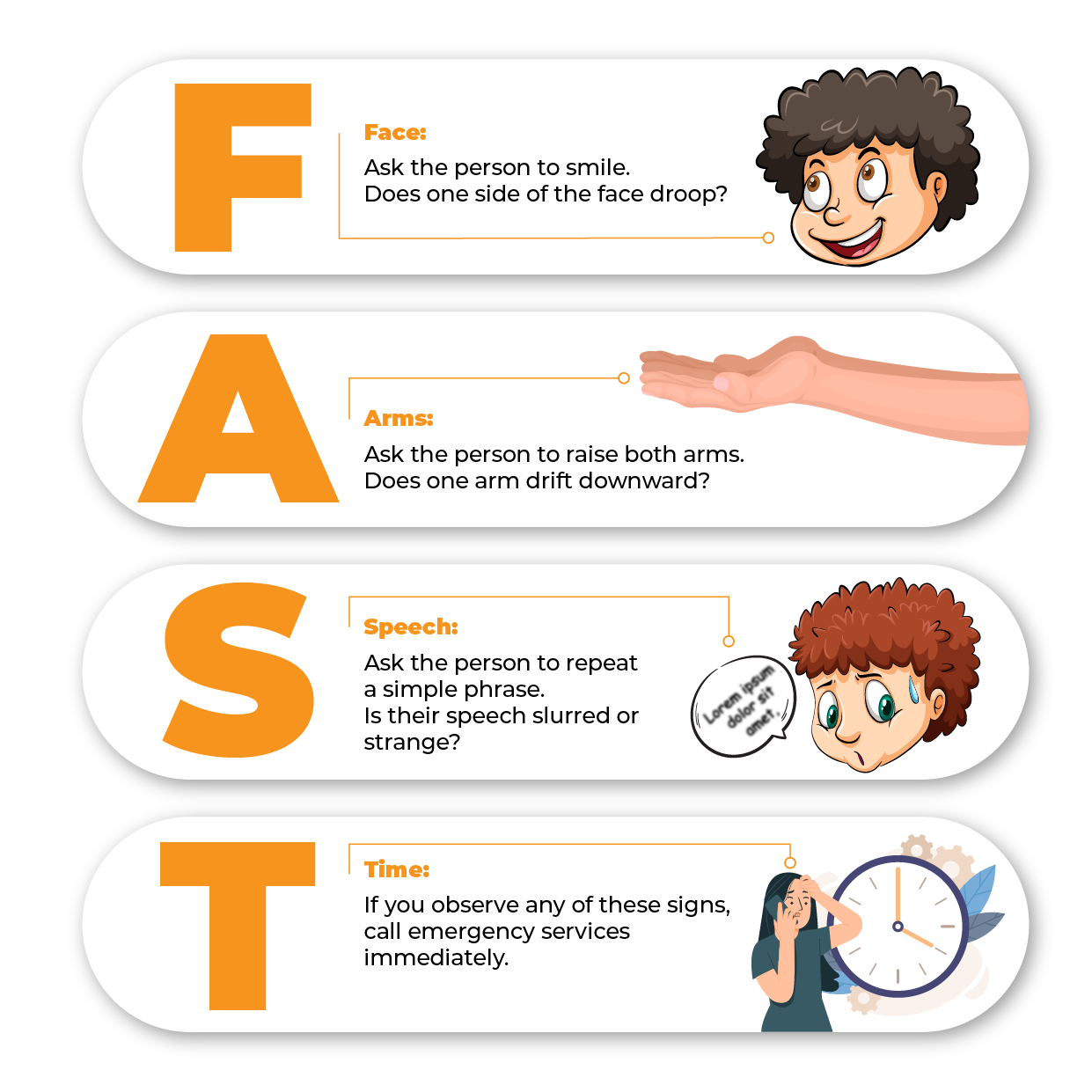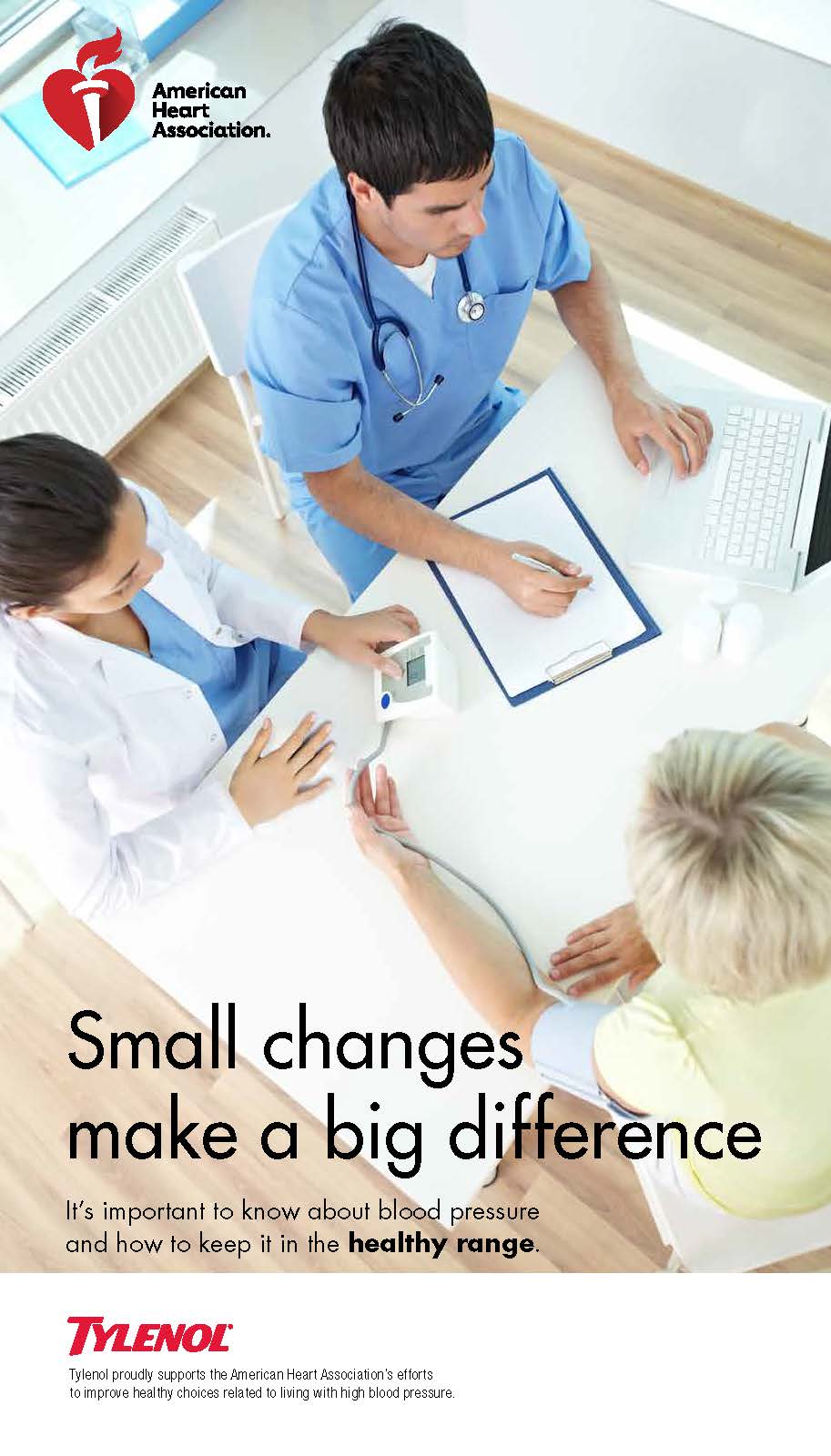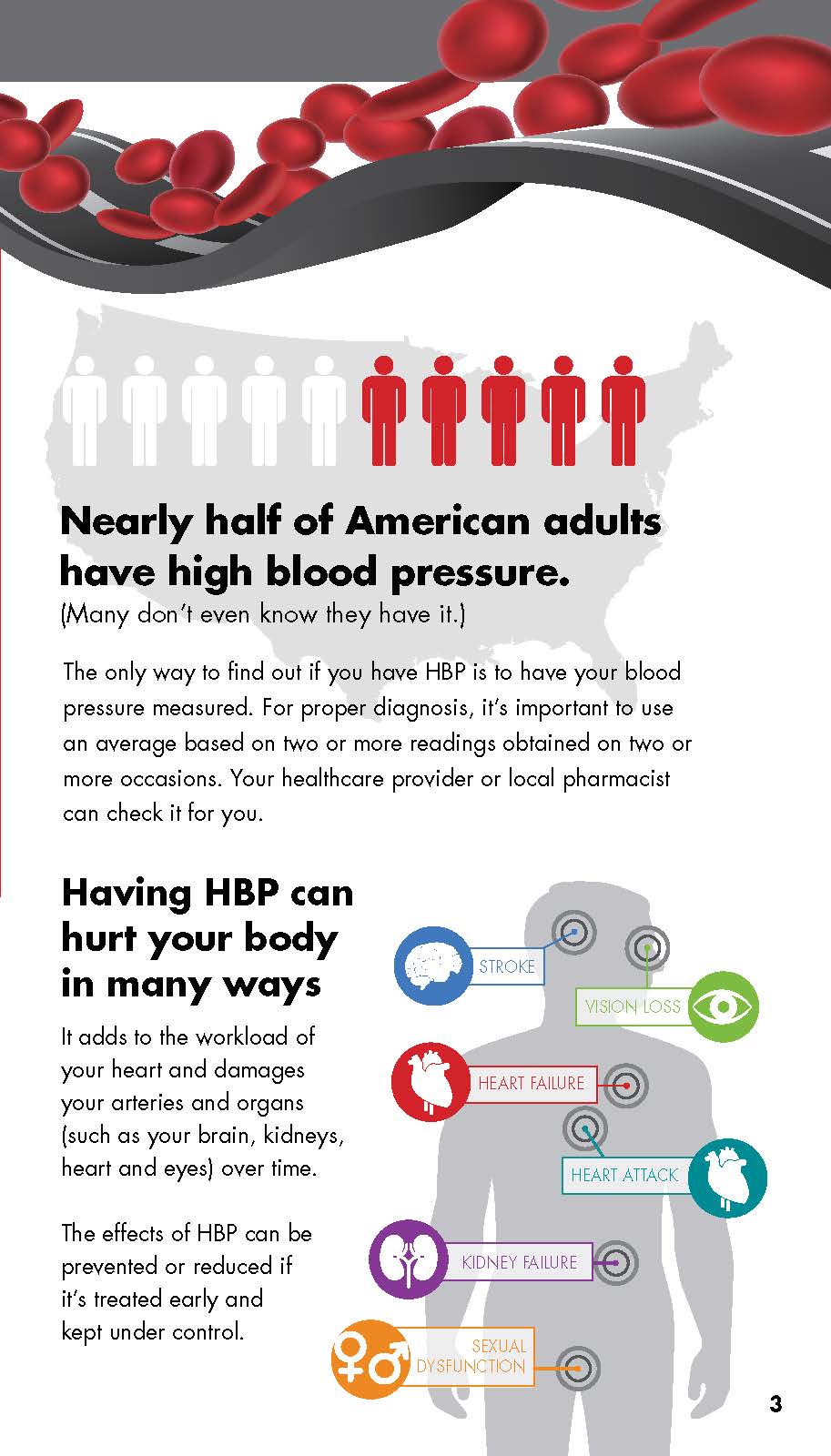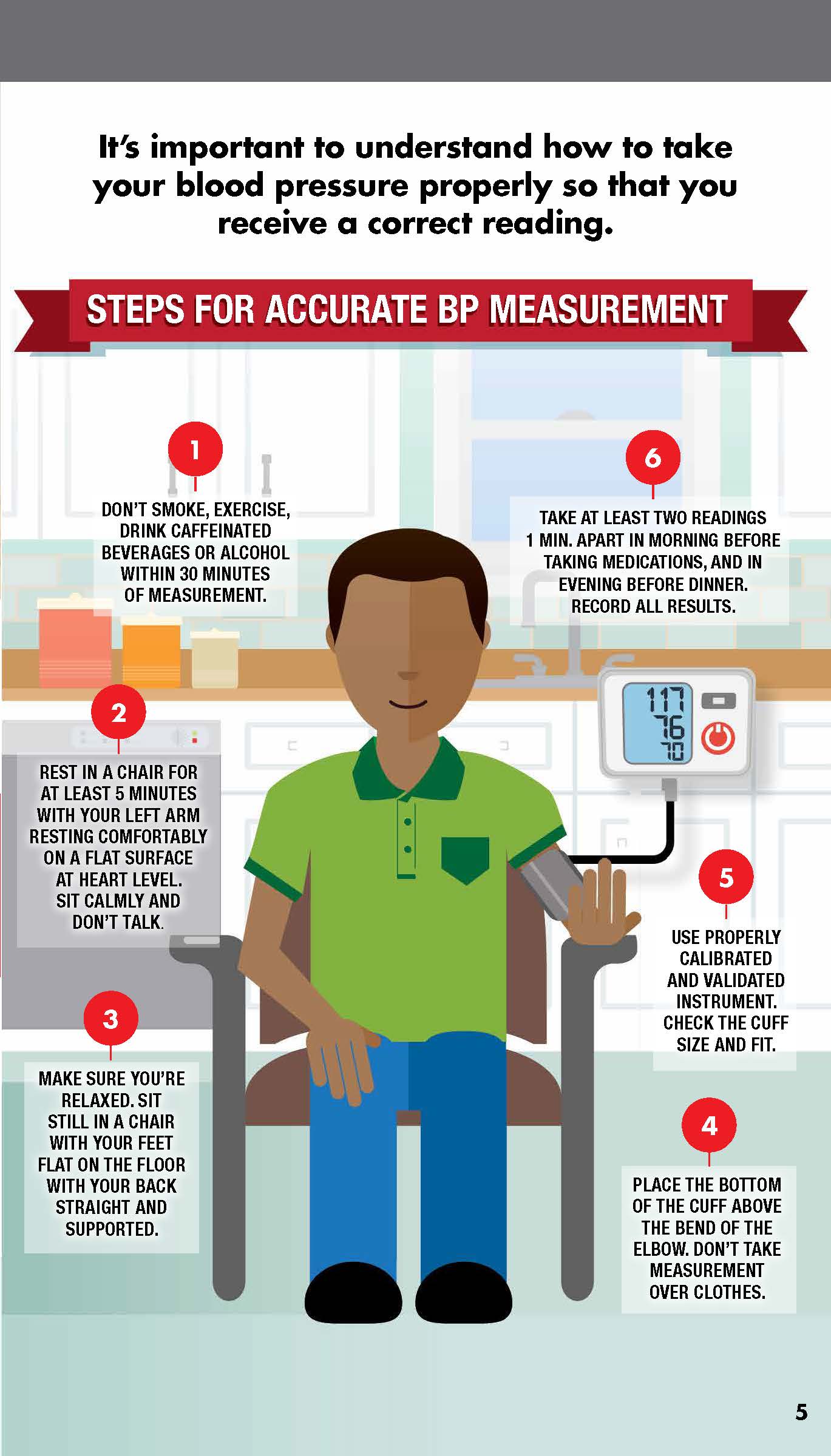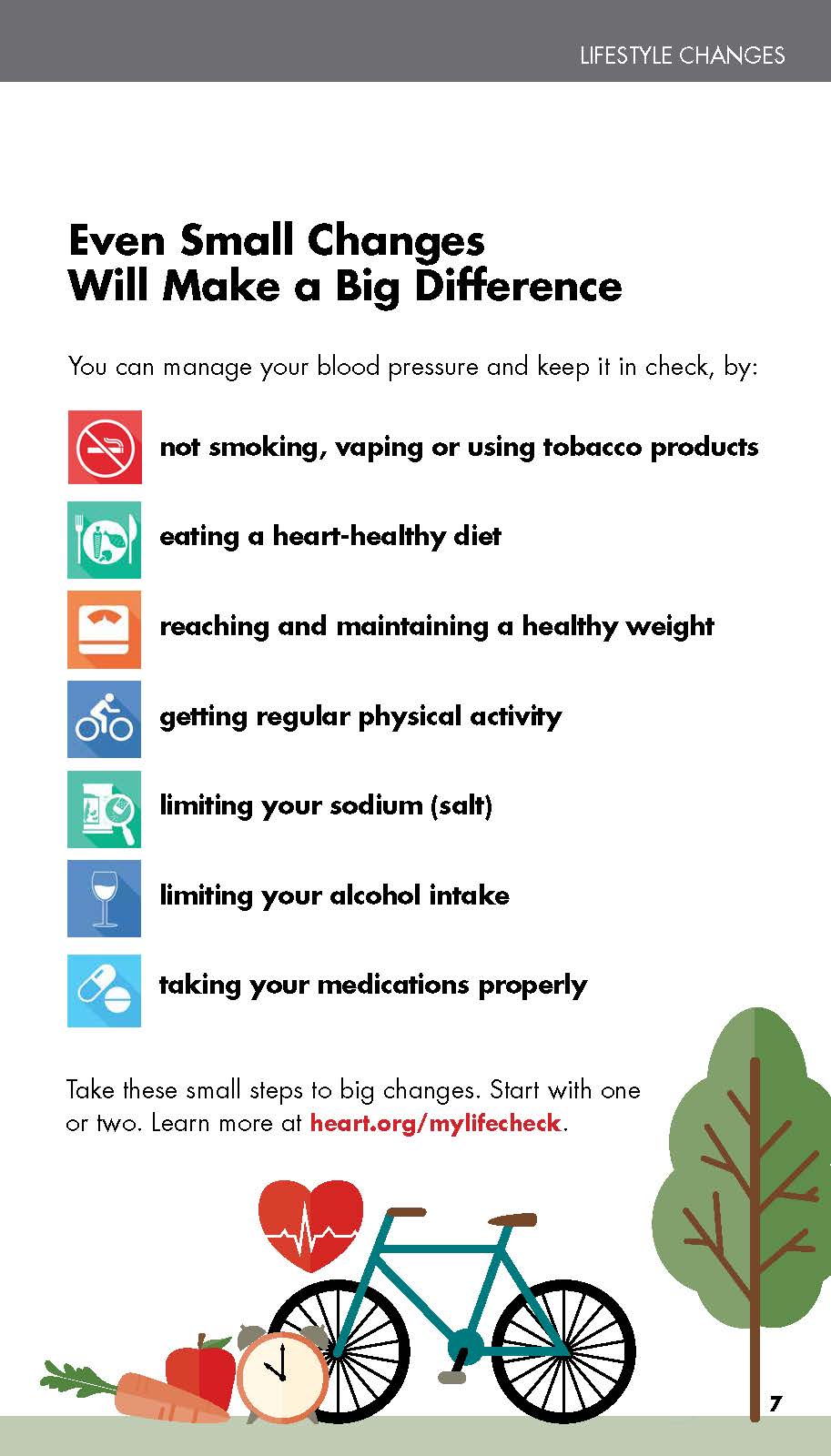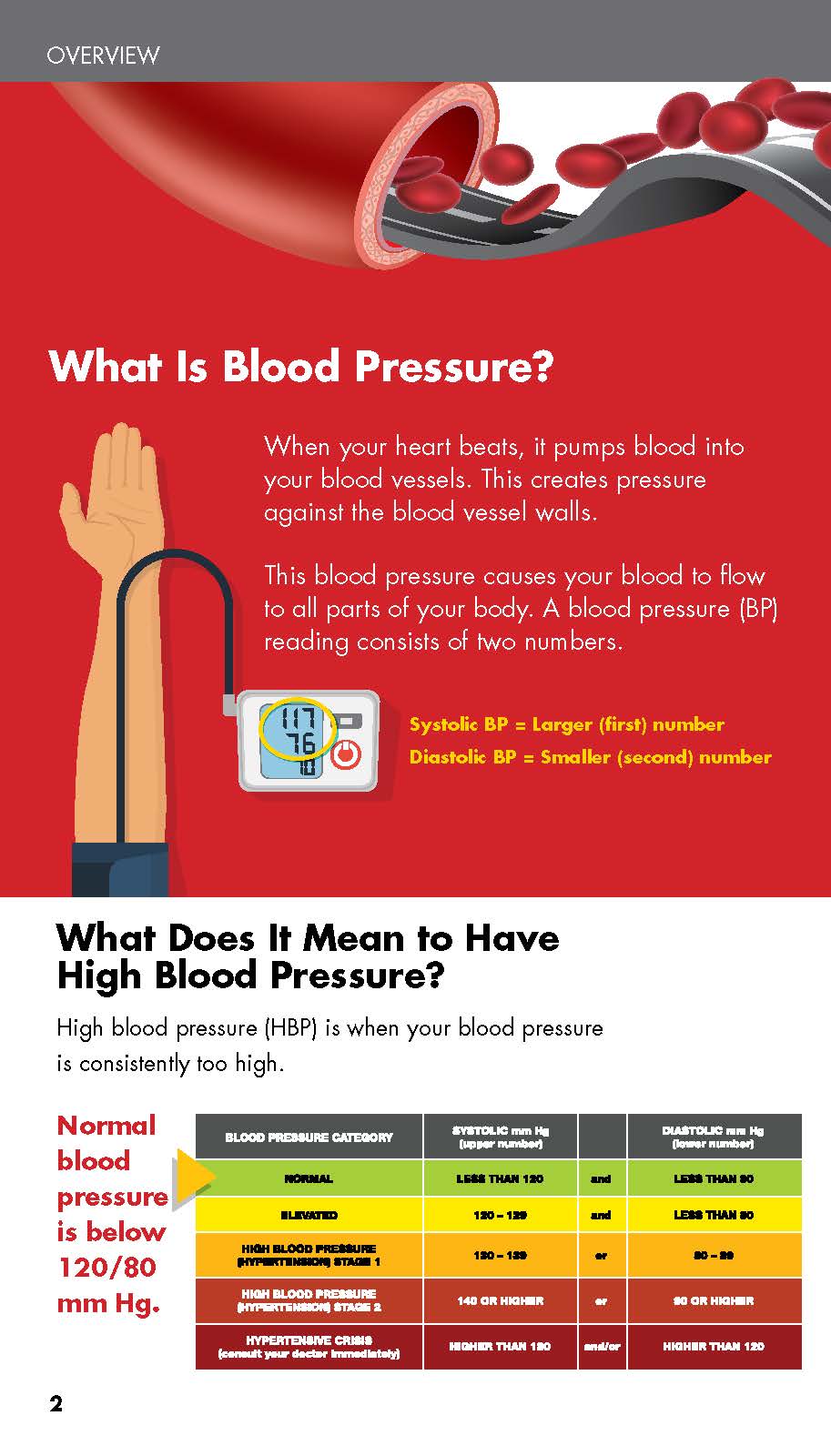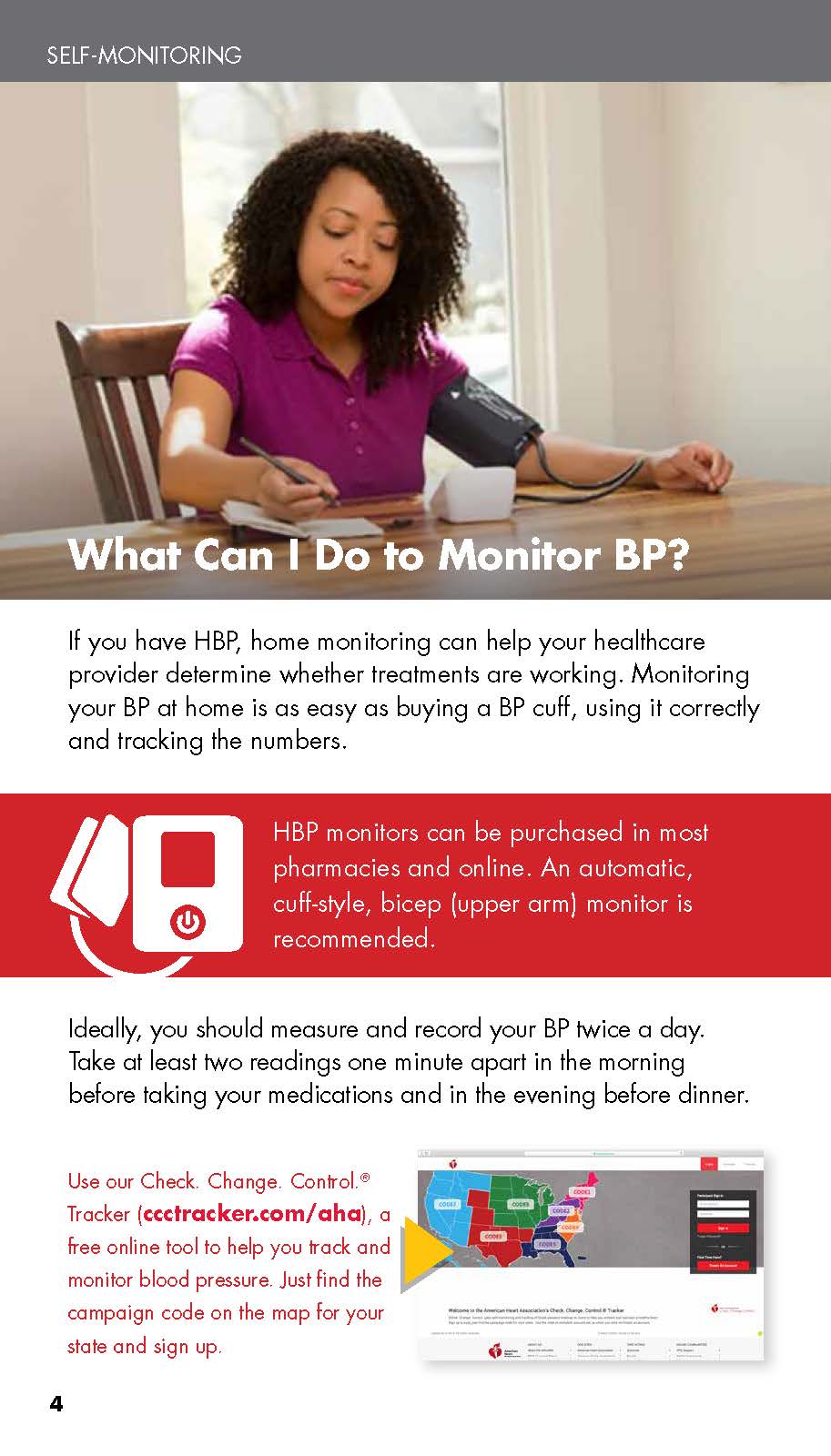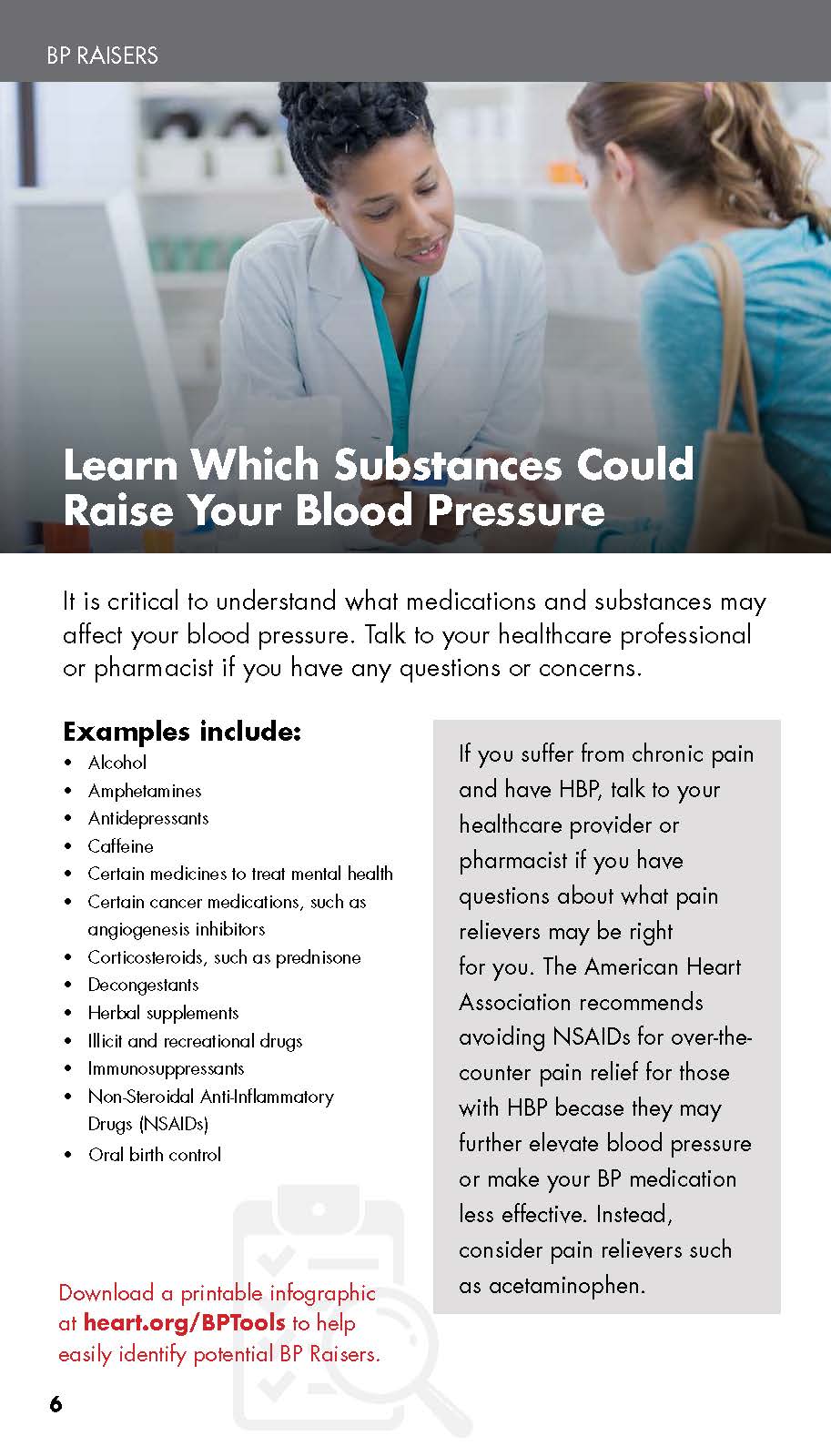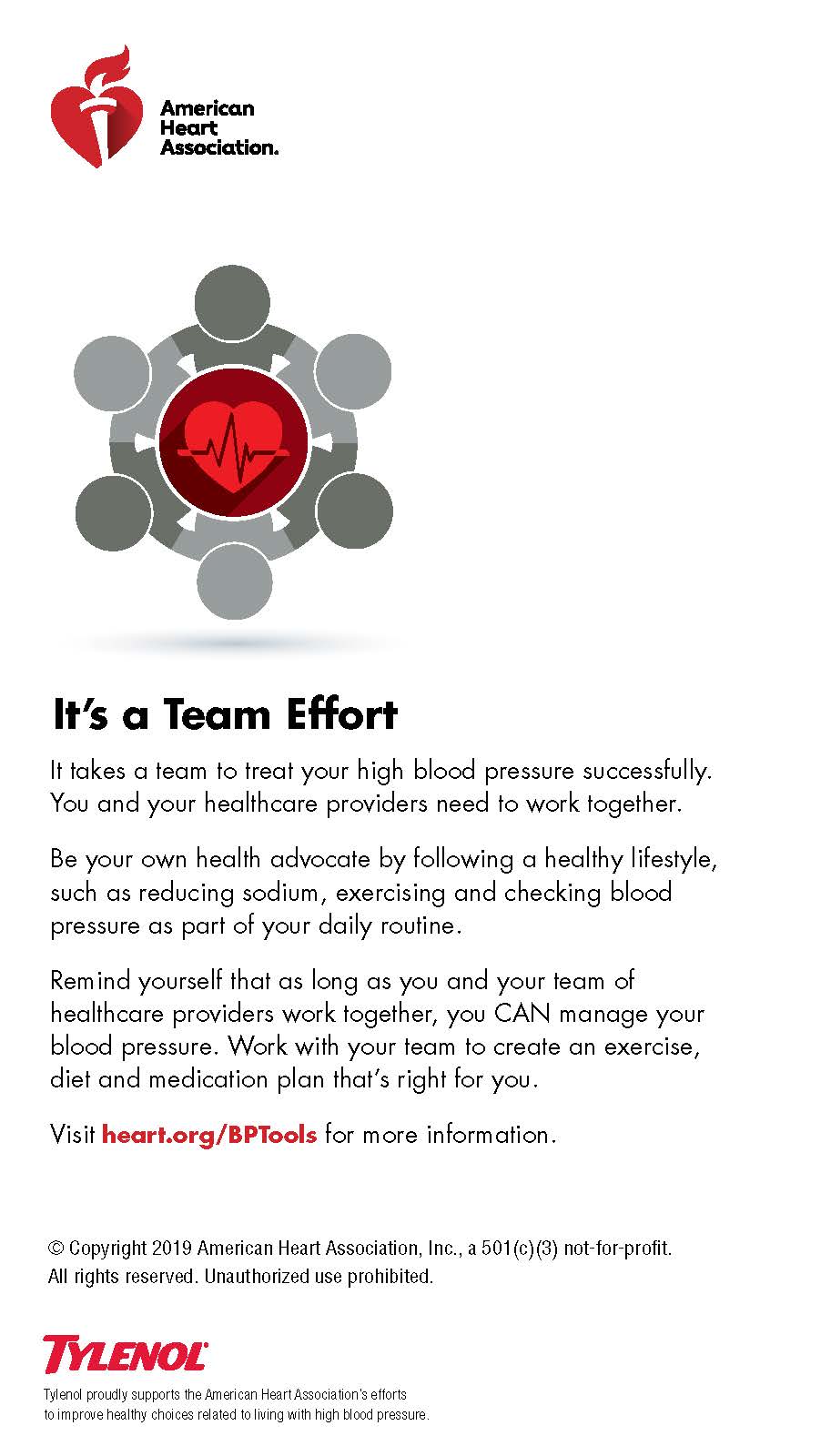The American Heart Association Diet and Lifestyle Recommendations
https://www.stroke.org/en/healthy-living/healthy-eating/eat-smart/nutrition-basics/aha-diet-and-lifestyle-recommendations
A healthy diet and lifestyle are your best weapons to fight cardiovascular disease. It’s not as hard as you may think! Remember, it’s the overall pattern of your choices that counts. Make the simple steps below part of your life for long-term benefits to your health and your heart.
Use up at least as many calories as you take in.
- Start by knowing how many calories you should be eating and drinking to maintain your weight. Nutrition and calorie information on food labels is typically based on a 2,000 calorie per day diet. You may need fewer or more calories depending on several factors including age, gender, and level of physical activity.
- If you are trying not to gain weight, don’t eat more calories than you know you can burn up every day.
- Increase the amount and intensity of your physical activity to burn more calories.
- Aim for at least 150 minutes of moderate physical activity or 75 minutes of vigorous physical activity (or an equal combination of both) each week.
Regular physical activity can help you maintain your weight, keep off weight that you lose and help you reach physical and cardiovascular fitness. If it’s hard to schedule regular exercise sessions, look for ways to build short bursts of activity into your daily routine, like parking farther away and taking the stairs instead of the elevator. Ideally, your activity should be spread throughout the week.
Eat a variety of nutritious foods from all the food groups.
You may be eating plenty of food, but your body may not be getting the nutrients it needs to be healthy. Nutrient-rich foods have minerals, protein, whole grains and other nutrients but are lower in calories. They may help you control your weight, cholesterol and blood pressure.
Eat an overall healthy dietary pattern that emphasizes:
Limit saturated fat, trans fat, sodium, red meat, sweets and sugar-sweetened beverages. If you choose to eat red meat, compare labels and select the leanest cuts available.
One of the diets that fits this pattern is the DASH (Dietary Approaches to Stop Hypertension) eating plan. Most healthy eating patterns can be adapted based on calorie requirements and personal and cultural food preferences.
Eat less of the nutrient-poor foods.
The right number of calories to eat each day is based on your age and physical activity level and whether you’re trying to gain, lose or maintain your weight. You could use your daily allotment of calories on a few high-calorie foods and beverages, but you probably wouldn’t get the nutrients your body needs to be healthy. Limit foods and beverages high in calories but low in nutrients. Also limit the amount of saturated fat, trans fat and sodium you eat. Read Nutrition Facts labels carefully — the Nutrition Facts panel tells you the amount of healthy and unhealthy nutrients in a food or beverage.
As you make daily food choices, base your eating pattern on these recommendations:
- Eat a variety of fresh, frozen and canned vegetables and fruits without high-calorie sauces or added salt and sugars. Replace high-calorie foods with fruits and vegetables.
- Choose fiber-rich whole grains for most grain servings.
- Choose poultry and fish without skin and prepare them in healthy ways without added saturated and trans fat. If you choose to eat meat, look for the leanest cuts available and prepare them in healthy and delicious ways.
- Eat a variety of fish at least twice a week, especially fish containing omega-3 fatty acids (for example, salmon, trout and herring).
- Select fat-free (skim) and low-fat (1%) dairy products.
- Avoid foods containing partially hydrogenated vegetable oils to reduce trans fat in your diet.
- Limit saturated fat and trans fat and replace them with the better fats, monounsaturated and polyunsaturated. If you need to lower your blood cholesterol, reduce saturated fat to no more than 5 to 6 percent of total calories. For someone eating 2,000 calories a day, that’s about 13 grams of saturated fat.
- Cut back on beverages and foods with added sugars.
- Choose foods with less sodium and prepare foods with little or no salt. To lower blood pressure, aim to eat no more than 2,300 milligrams of sodium per day. Reducing daily intake to 1,500 mg is desirable because it can lower blood pressure even further. If you can’t meet these goals right now, even reducing sodium intake by 1,000 mg per day can benefit blood pressure.
- If you drink alcohol, drink in moderation. That means no more than one drink per day if you’re a woman and no more than two drinks per day if you’re a man.
- Follow the American Heart Association recommendations when you eat out, and keep an eye on your portion sizes.
Live Tobacco Free
Don’t smoke, vape or use tobacco or nicotine products — and avoid secondhand smoke or vapor.
Learn more about quitting smoking.
For more information:
Written by American Heart Association editorial staff and reviewed by science and medicine advisers. See our editorial policies and staff.


